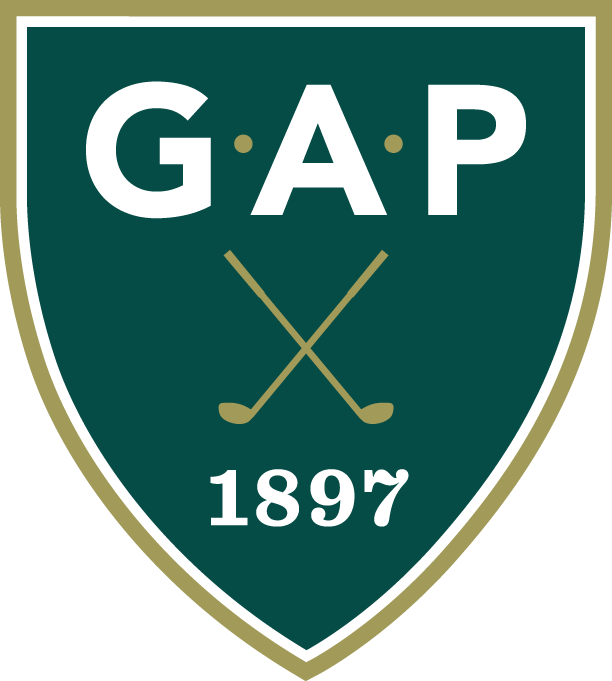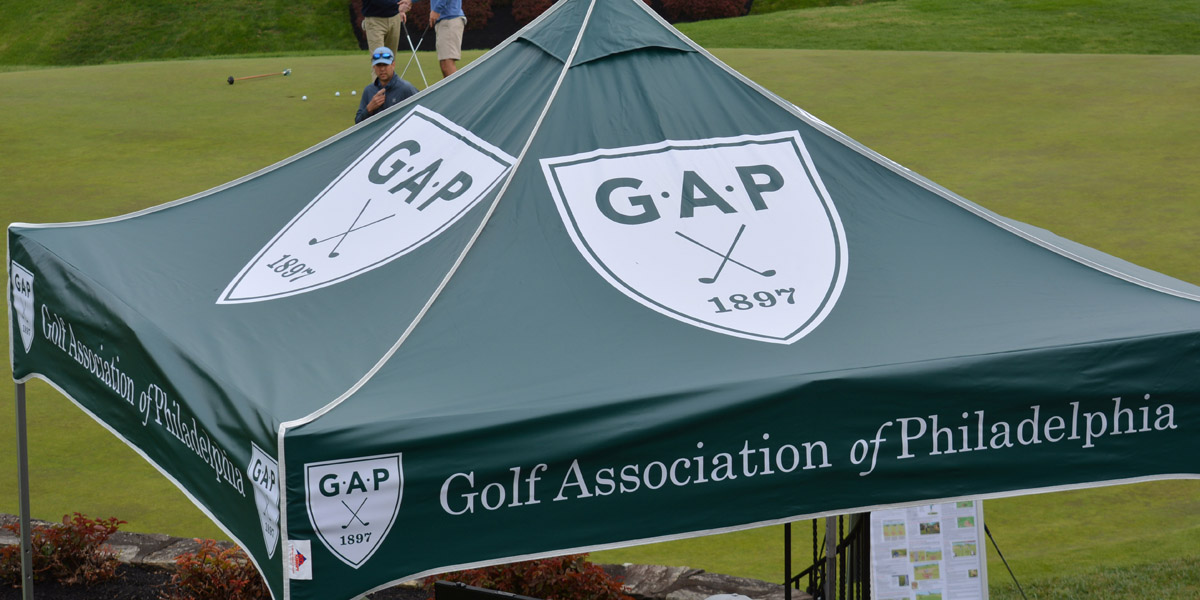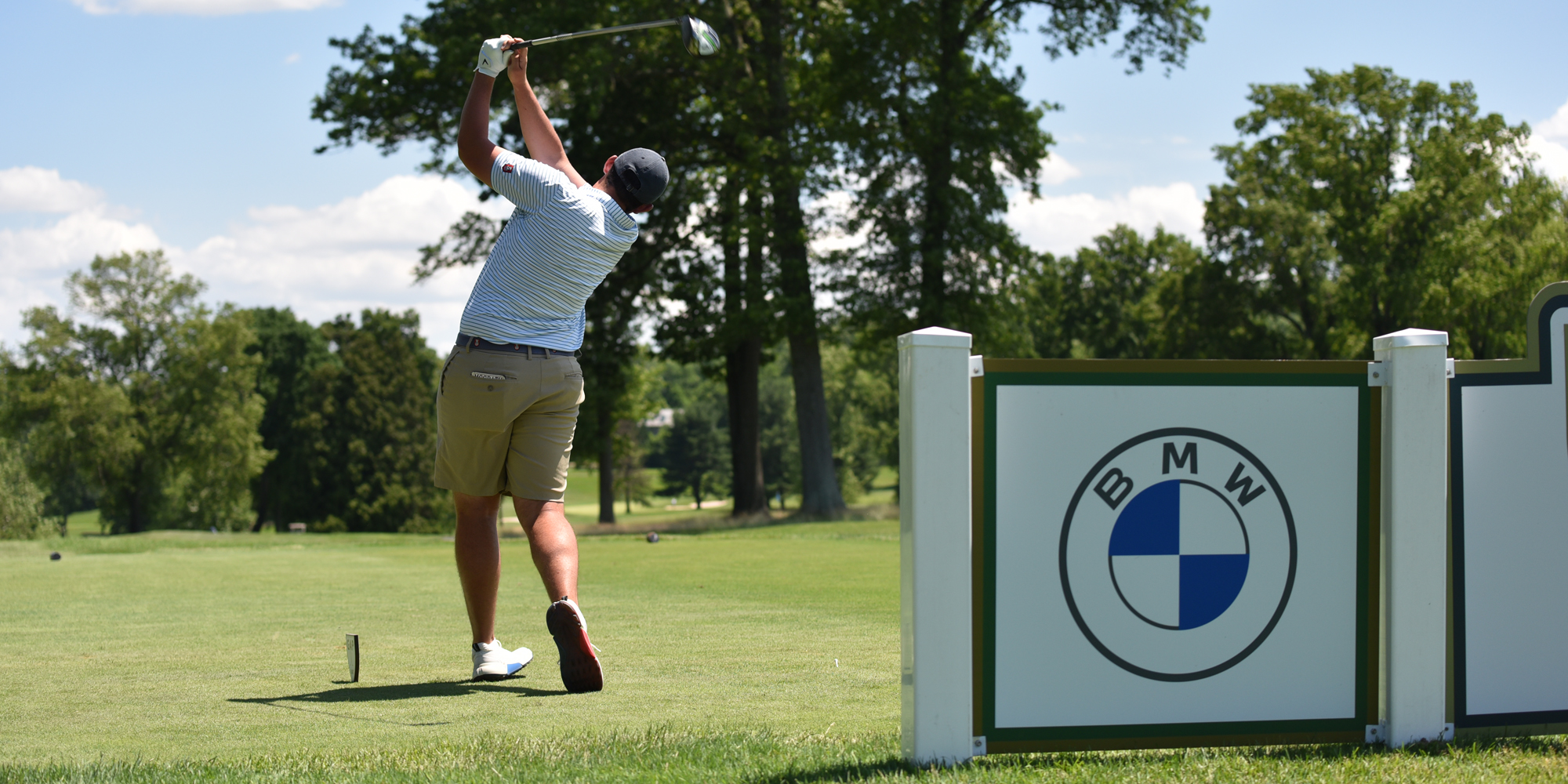| *GAP Fitness Debut
GAP Golf Fitness: Getting into golf shape for the 2007 Season
In this installment, Ostrow gives exercise, flexibility and strength training tips for the typical golfer as they continue on into the early part of the golf year. Exercise Your Way to Better Golf Spring is upon us. That means golf season is also here. With all the hype and hopes of a new season you might want to consider taking control of your body to help your golf swing. Over the last 10 years, golf fitness has become increasingly popular. Golf fitness has also become more of a science. There are many who participate in the industry. Personal trainers, physical therapists, chiropractors, fitness experts are all jumping on the golf fitness bandwagon. There are a wide variety of approaches to golf fitness. All seem to agree that your body influences your golf swing motion, you ball striking, distance, accuracy, consistency, scoring and injuries. Any time you begin an exercise program you should visit with your personal physician, or a local golf fitness expert for assessment and clearance to participate in a program of exercises for golf. Below are several exercises that almost any golfer should consider doing to improve their flexibility and strength in several key areas. Nothing is a substitute for a personal exercise prescription that is based on your physical issues but the following generic golf exercises will probably help you. This routine will take you about 20 minutes a day and should be done at least three to four times a week.
For flexibility:
Stretch your hamstrings, your hip rotation, and your torso rotation.
Purpose: Releases hamstring tightness. Benefit: Improves posture at address to enable stable, neutral pelvis throughout swing. Instruction: Lie on floor, lift left leg to bring that hip to 90 degrees, hold behind left leg maintaining the 90 degree angle while straightening left knee until a stretch behind the leg is felt Quantity: Hold 1 to 3 minutes with each leg in the up position.
Purpose: Release piriformis, groin muscles and posterior hip capsule tightness. Benefit: Promote improved hip internal rotation during backswing and follow‐through. Instruction: Lay on back, cross one leg over opposite thigh to feel a stretch in outer hip, thigh and buttocks. You may increase the stretch pushing the crossed knee away from you. Quantity: Hold for 1 to 3 minutes and do this on both sides.
Purpose: Release spinal rotation and hip tightness. Benefit: Improves trunk and hip rotation during backswing and follow‐through. Instruction: Lay on back, bend both knees, and bring one arm into the tray position. While keeping that shoulder blade in contact with the floor, cross a leg over the other knee and allow the legs to rotate away from the elevated arm toward the floor Quantity: Hold for 3 minutes in each direction.
For strength training and control do the following activities:
Purpose: Improve the strength and control of the abdominal muscles Benefit: Improves stability of spine postures and protects the lower back from shearing forces. Instruction: Lay on your back with your feet on the floor. Feet should be shoulder width apart, pointing straight ahead. Pelvic tilt by tightening your abs and pushing your spine into the floor. Hold for 2‐3 breaths, then relax. Quantity: Do 5 sets of 10 or a total of 50 repetitions
Purpose: Strengthen the abdominals, lower spine, and hips Benefit: Improves stability and control in the trunk, pelvis, hips and legs throughout the golf swing. Instruction: Lay on your back on floor, knees bent, feet flat, contract the abdominals to flatten the back with a pelvic tilt, tighten and lift your buttocks of the floor, hold 1 breath, maintain pelvic tilt and lower back to floor. Quantity: Reps 15 sets 1 to 2
Purpose: Improve balance into backswing, improve rotation into backswing. Benefit: Train body to find ideal turn into backswing. Instruction: Stand in power position, place soccer/basketball between knees, hold club in front of chest with arms apart, turn into your backswing, keeping knees slightly bent, pointed forward. Quantity: Reps 15, Sets 1 to 2
Club Behind the Spine
Do these exercises diligently. You will see changes in your body, and as a result changes in your swing and game. For more information on golf fitness contact David Ostrow, PT, GPS, CGFI, CEO Body Balance for Performance at dostrow@fitgolf.com or at 610-940-3835.
David Ostrow has been a Pennsylvania licensed physical therapist since 1987 and has worked in outpatient orthopedics for 18 years and in golf performance training for 11 years. He was named National Clinical Training Director for Body Balance for Perforamance in 2000 and, with partner Neil Chasan, purchased Body Balance for Perforamance from the company’s founder, Paul Callaway, in 2003.
Ostrow is also the co-author of the book The Body and the Golf Swing and has written countless articles on golf fitness through out the years.
Founded in 1897, the Golf Association of Philadelphia (GAP) is the oldest regional golf association in the United States and serves as the principal ruling body of amateur golf in its region. Its 135 Member Clubs and 60,000 individual members are spread across parts of Pennsylvania, New Jersey, Delaware and Maryland. The purpose of the Association is simple: To promote, protect and preserve the game of golf in the region.
|
About
Founded in 1897, GAP continues to champion golf for the benefit of the game in its region and beyond.
About HomeA Walk Through Time
GAP is the oldest state or regional golf association in the country. It started courtesy of a friendly competition – the Team Matches – and has grown into the preeminent golf association in the country. Along the way, golf history has been made.










